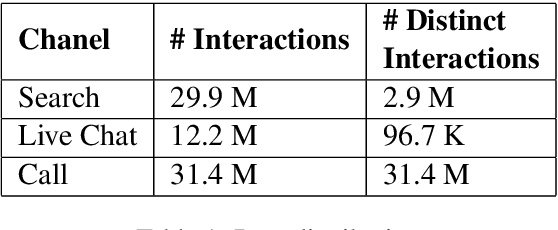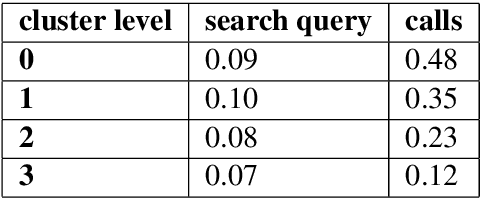Prateek Nagwanshi
Key-phrase boosted unsupervised summary generation for FinTech organization
Oct 16, 2023



Abstract:With the recent advances in social media, the use of NLP techniques in social media data analysis has become an emerging research direction. Business organizations can particularly benefit from such an analysis of social media discourse, providing an external perspective on consumer behavior. Some of the NLP applications such as intent detection, sentiment classification, text summarization can help FinTech organizations to utilize the social media language data to find useful external insights and can be further utilized for downstream NLP tasks. Particularly, a summary which highlights the intents and sentiments of the users can be very useful for these organizations to get an external perspective. This external perspective can help organizations to better manage their products, offers, promotional campaigns, etc. However, certain challenges, such as a lack of labeled domain-specific datasets impede further exploration of these tasks in the FinTech domain. To overcome these challenges, we design an unsupervised phrase-based summary generation from social media data, using 'Action-Object' pairs (intent phrases). We evaluated the proposed method with other key-phrase based summary generation methods in the direction of contextual information of various Reddit discussion threads, available in the different summaries. We introduce certain "Context Metrics" such as the number of Unique words, Action-Object pairs, and Noun chunks to evaluate the contextual information retrieved from the source text in these phrase-based summaries. We demonstrate that our methods significantly outperform the baseline on these metrics, thus providing a qualitative and quantitative measure of their efficacy. Proposed framework has been leveraged as a web utility portal hosted within Amex.
Data Driven Content Creation using Statistical and Natural Language Processing Techniques for Financial Domain
Sep 07, 2021



Abstract:Over the years customers' expectation of getting information instantaneously has given rise to the increased usage of channels like virtual assistants. Typically, customers try to get their questions answered by low-touch channels like search and virtual assistant first, before getting in touch with a live chat agent or the phone representative. Higher usage of these low-touch systems is a win-win for both customers and the organization since it enables organizations to attain a low cost of service while customers get served without delay. In this paper, we propose a two-part framework where the first part describes methods to combine the information from different interaction channels like call, search, and chat. We do this by summarizing (using a stacked Bi-LSTM network) the high-touch interaction channel data such as call and chat into short searchquery like customer intents and then creating an organically grown intent taxonomy from interaction data (using Hierarchical Agglomerative Clustering). The second part of the framework focuses on extracting customer questions by analyzing interaction data sources. It calculates similarity scores using TF-IDF and BERT(Devlin et al., 2019). It also maps these identified questions to the output of the first part of the framework using syntactic and semantic similarity.
 Add to Chrome
Add to Chrome Add to Firefox
Add to Firefox Add to Edge
Add to Edge